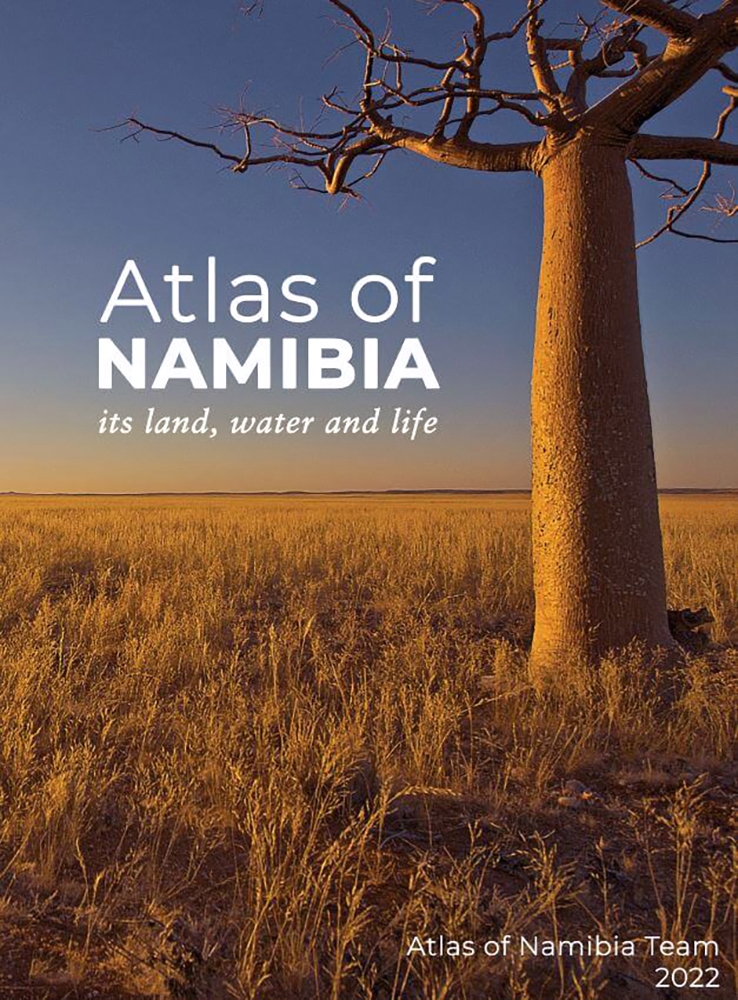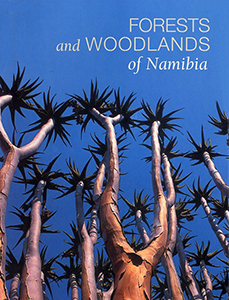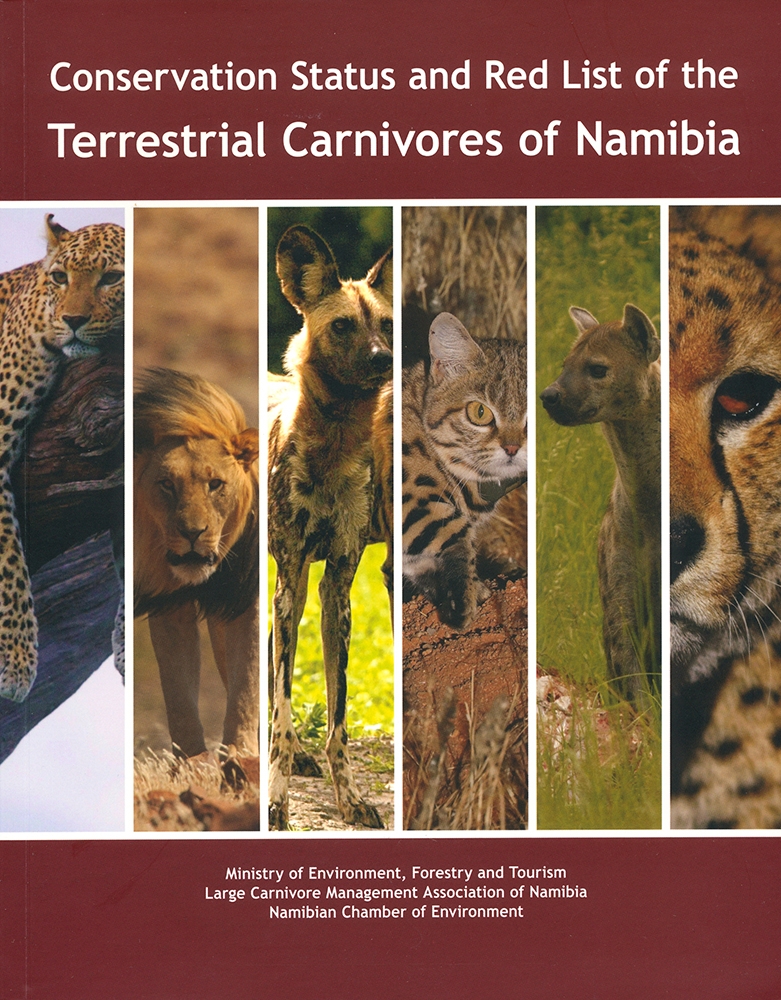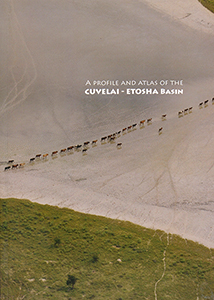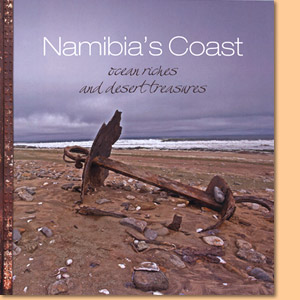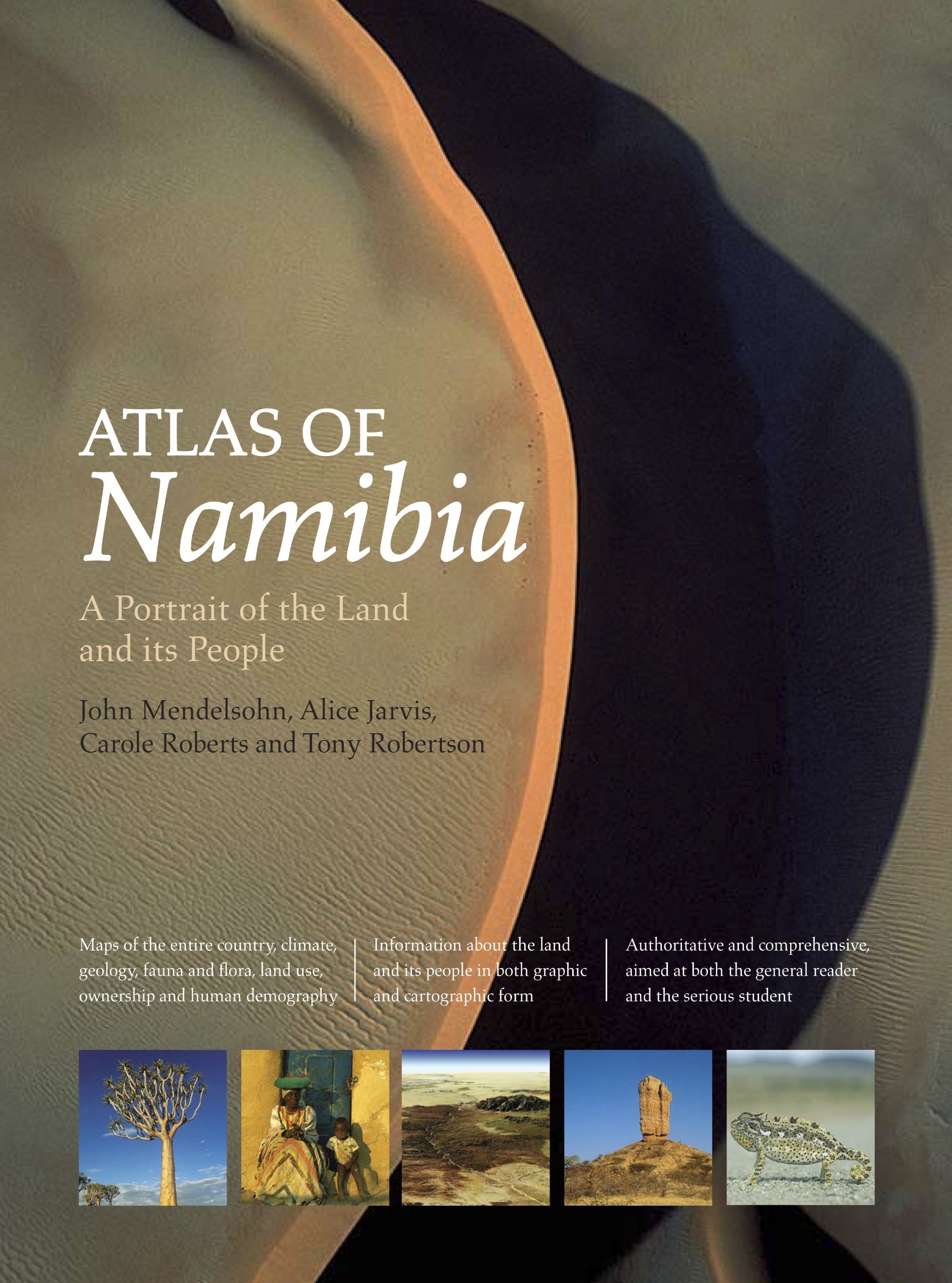Atlas of Namibia, by Alice Jarvis, John Mendelsohn, Martin Mendelsohn and Tony Robertson.
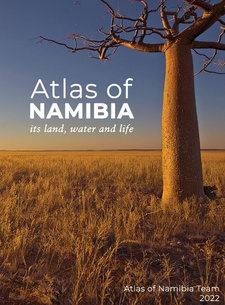
Atlas of Namibia, by Alice Jarvis, John Mendelsohn, Martin Mendelsohn and Tony Robertson. Publisher: Namibia Nature Foundation. Windhoek, Namibia 2022. ISBN 9789994553464 / ISBN 978-99945-53-46-4
Atlas of Namibia: its land, water and life is the third edition. Compiling editors have been Alice Jarvis, John Mendelsohn, Martin Mendelsohn and Tony Robertson. Noteworthy, until today, a new editon had been published every 20 years. They are sold out swiftly and we recommend to get hold of one's copy in time.
John Mendelsohn Tony Robertson Alice Jarvis
WILDLIFE: Namibia's marine and terrestrial fauna
Namibia is globally renowned for its wildlife. Iconic species such as elephant and lion are well known, but there are thousands of species that are less familiar. Each one plays a role in ecological processes that maintain the health, productivity and beauty of the environment. Even species that are considered by many people to be pests, termites, snakes, rats and wasps, for example, have valuable, yet often poorly known, ecological functions. Impacts on one species can easily disrupt the ecological balance and result in unforeseen consequences. As living organisms, all animals have inherent qualities - which we may or may not understand - for which we should ensure they can survive. Namibia recognises the value of its wildlife, flora and landscapes and strives to protect them through its constitution, a range of environmental legislation, 21 state-protected areas, 86 communal conservancies and several transboundary initiatives. Furthermore, many areas in Namibia are internationally recognised as special in one way or another, often because of the wildlife or ecosystems they support; these designated areas include four Ramsar sites, two world heritage sites, nineteen important bird areas (IBAs), four endemic bird areas (EBAs) and seven ecologically or biologically significant marine areas (EBSAs). The marine environment is driven by the cold Benguela Current, and localised upwellings which bring nutrient-rich water from the depths to the surface. These nutrients support productive webs of life which form the basis of Namibia's substantial and lucrative fishing industry. Terrestrial wildlife contributes significantly to Namibia's economy through its contribution to the tourism, hunting and farming sectors, in addition to providing obvious direct benefits such as meat. Wildlife also provides a variety of important indirect benefits to people - known as ecosystem services - which are less easy to quantify, such as the role of vultures in consuming carrion and preventing the spread of diseases; or the cultural and spiritual values gained by experiencing beautiful natural environments. The long reed frog (Hyperolius nasutus) is a common resident of the Zambezi. Region but is rarely seen. It is less than 25 millimetres long.
Marine life: Ocean currents, upwelling and marine events
The waters of the cold Benguela Current are tremendously productive. This is a consequence of the wind-driven upwelling (page 77) that brings a continual supply of dissolved nutrients from deeper waters to the surface. Tiny organisms called phytoplankton absorb nutrients; near the surface, with exposure to sunlight and the process of photosynthesis, these organisms reproduce rapidly, supplying the ocean with an abundant primary base for marine food webs. These phytoplankton blooms cover vast areas of the ocean and are visible from space. Phytoplankton are a source of food for microscopic animals, collectively known as zooplankton. Zooplankton, in turn, provide food to all the higher trophic levels of invertebrates and vertebrates, ranging from benthic creatures, such as anemones, crabs and lobsters associated with the seabed, to shrimps, fish and sharks widely distributed in pelagic waters and air-breathing mammals, birds and reptiles such as seals, whales, dolphins, gannets and turtles and, ultimately, to humans. The continual massive production of phytoplankton in Benguela waters, fuelled by powerful upwelling cells along the Namibian coast, not only supports prolific food webs, but also consumes a significant amount of atmospheric carbon dioxide. [...]
This is an excerpt from Atlas of Namibia, by Alice Jarvis, John Mendelsohn, Martin Mendelsohn and Tony Robertson.
Title: Atlas of Namibia
Subtitle: Its Land, Water and Life
Editors: Alice Jarvis, John Mendelsohn, Martin Mendelsohn, Tony Robertson
Publisher: Namibia Nature Foundation
Windhoek, Namibia 2022
ISBN 9789994553464 / ISBN 978-99945-53-46-4
Hardcover, 25 x 34 cm, 390 pages, Map 1:1.340.000, 370 photos
Jarvis, Alice und Mendelsohn, John und Mendelsohn, Martin und Robertson, Tony im Namibiana-Buchangebot
Atlas of Namibia
This is the third edition of the geographical profile and Atlas of Namibia since 1983. Don't miss your copy.
Forests and woodlands of Namibia
Photographic study of Namibia's forests and woodlands, with extensive information on distribution and commercial uses of each species.
Okavango Delta. Floods of Life
'Okavango Delta: Floods of Life' describes the origins, functioning, life and people of this remarkable wetland in Botswana.
Conservation Status and Red List of the terrestial Carnivores of Namibia
Conservation Status and Red List of the terrestial Carnivores of Namibia: the Namibian Carnivore Red Data Book.
A profile and atlas of the Cuvelai-Etosha basin
This atlas describes the main features of the Namibian part of the basin and provides an overview of the entire profile Owambo or Cuvelai-Etosha Basin.
Namibia’s Coast: Ocean riches and desert treasure
Namibia’s Coast: Ocean riches and desert treasure introduces the coast of Namibia in seven environmental chapters.
Atlas of Namibia
This authoritative Atlas of Namibia contains a wealth of information about the land and its people rendered in both graphic and cartographic portrait.

